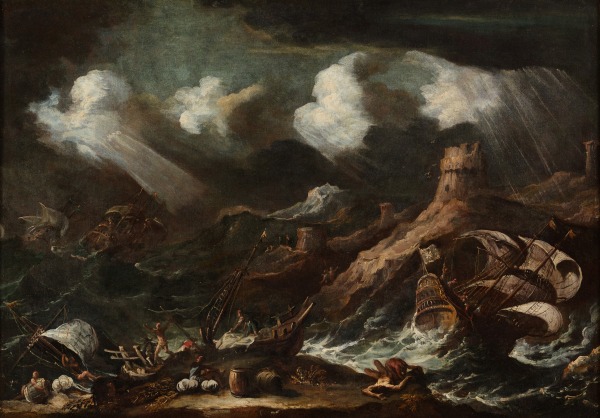-
Biography
Alessandro Magnasco (Genoa, Italy 1667 - Genoa, Italy 1749)
Son of Stefano Magnasco, a moderately successful painter, Alessandro transferred to Milan where, instead of studying commerce as instructed by his family, he undertook an apprenticeship with the painter Filippo Abbiati.
While in Milan, Magnasco is believed to have been influenced by the painter from Bologna Giuseppe Maria Crespi. From the 1690s, he established himself first with his portraits and then with scenes from contemporary life set in romantic landscapes.
Magnasco received important commissions in Milan thanks to his unusual and bizarre subjects which raised issues of social reform and malaise. His paintings often included Catholic scenes, monastic life, ceremonies and rituals of Jewish and protestant sects, brigands or beggars, the conditions of prisoners and ceremonies involving witches and devils. In the first decade of the eighteenth century, Magnasco moved to Florence, where he entered the court of Grand Prince Ferdinando. The Medici circuit provided most of his commissions. When he returned to Milan around 1709, his success continued with important requests from the Austrian governor, Girolamo di Colloredo.
Magnasco spent the last decade of his life in Genoa, where his style and subjects did not meet public favour.
He continued to paint in his old age thanks to the support of his assistants. Despite numerous collaborators and assistants, few carried on his style after his death in Genoa in 1749.
Photo UniCredit Group (Sebastiano Pellion di Persano)
-
Works







